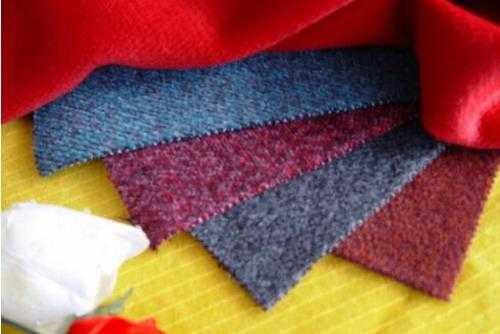
NewsInformation Center
UV Lamp Aging Test Tester Applications in the textile category
2021/09/23
Textile applications range from apparel, home furnishings, furniture and carpets to technical textiles for medical, automotive interior and outdoor applications such as tensioned fabric structures, outdoor recreational products such as tents and backpacks, awnings, lifting slings and more. The material chemistry ranges from natural products such as cotton, wool and bamboo fibers to commodity polymers such as polyesters, polyolefins and polyamides to high performance materials such as polyaramid fibers for protective gear and heavy lifting applications.
Dyed or otherwise colored textiles can fade or discolor when exposed to a combination of heat, light (UV and visible) and moisture. In addition, natural or synthetic polymers can lose their mechanical strength. Therefore, it is important to properly test textiles to determine their stability and durability in exposed environments.

Lightfastness and weathering tests are usually performed according to industry standards, such as those conducted by the International Standards Organization (ISO), the American Association of Textile Chemists and Colorists (AATCC) and ASTM International (ASTM). Automotive textile standards are usually established by the Society of Automotive Engineers (SAE), the German Association of the Automotive Industry (VDA), the Japanese Automotive Standards Organization (JASO) or automotive OEMs. In addition, other proprietary textile standards have been established by trade organizations, governments and companies.
"Lightfastness" refers to resistance to fading or loss of mechanical properties when exposed to direct sunlight or sunlight filtered by windows or automotive glass. "Weathering" is defined as complete direct exposure to outdoor or laboratory simulated elements in various climates, including liquid water.
QINSUN offers a variety of textile light and weathering resistance solutions.
Static direct and under-glass outdoor exposure at benchmark climate test sites (e.g. Atlas outdoor weathering sites in South Florida, Sonoran Desert, Arizona, Chennai (India) and Bandol (France)) and over twenty sites in our global exposure network
Direct and under-glass solar tracking and spotlighting exposures with EMMA / EMMAQUA solar tracking concentrators
QINSUN Xenon arc lamp based lightfastness / instrumentation. Rotating sample holder instruments are preferred for textile testing because of their excellent uniformity of samples in heat, light and moisture. xenotest models are the standard in the textile industry because of the typically smaller specimen sizes and shorter exposure times for many tests. the Ci series instruments meet the needs of higher test volume and duration applications as well as customer needs. Both series comply with the major international textile testing standards. The SUNTEST XXL + meets many textile standards without the need for rotating hangers.
The benchtop SUNTEST CPS + and XLS + models have a xenon arc source, but with limited temperature control and no humidity control. The SUNTEST XXL + models are designed with full parameter control to meet many textile standards for flat exposure areas.
Fluorescent condensation exposures are performed in the UVTest instrument using fluorescent daylight lamps.
U.S. and German laboratories provide testing services for all major textile tests
Outdoor exposure to static electricity directly or under glass. South Florida is the benchmark textile testing location due to aggressive, humid and sunny conditions. Our Arizona site is also the primary testing site due to the high summer temperatures and solar radiation, and our global exposure network offers more than 20 other sites for testing.
Accelerated outdoor testing using solar tracking and the centralized EMMA / EMMAQUA exposure product suite is very effective for testing durable technical textiles such as tensioned fabrics for roofing.
QINSUN Custom Systems' solar simulated lighting systems are often used in environmental chambers to expose larger products such as backpacks, tents, etc.
The flammability of cabin textiles was tested using the HMV horizontal motor vehicle flammability test cabinet and the FMVSS 302 based standard.
Cabin textile flammability tested by HVFAA horizontal vertical FAA test chamber
Do you want to kown more about textile Testing Instrument,please leve message to us!
Previous: Chinese home textile export market continues to grow in 2021
N e x t : Current status of industrial robots in pharmaceutical applications



